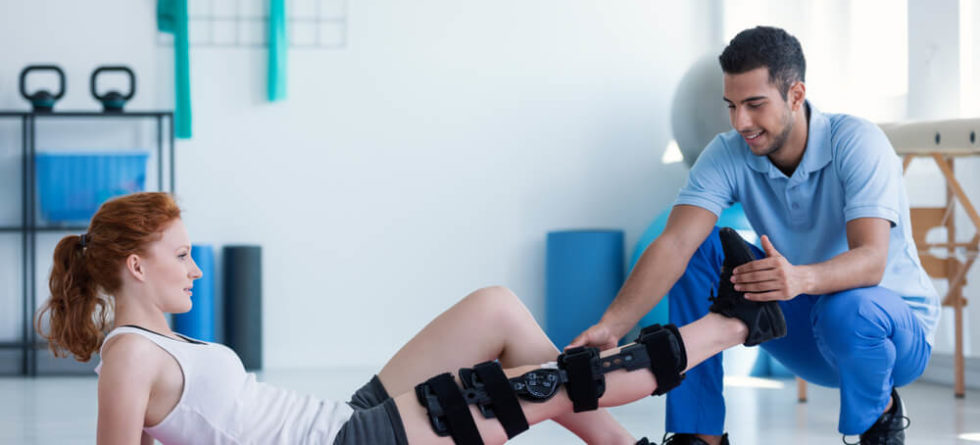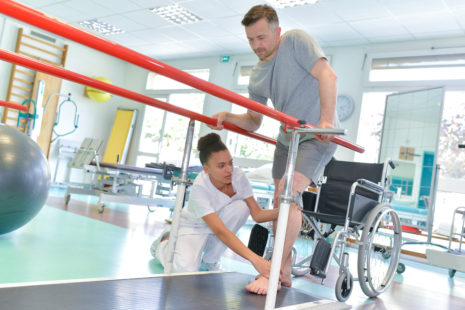If you have a torn ACL (anterior cruciate ligament), it may be challenging to straighten your leg immediately after the injury fully. The ACL is one of the key ligaments in the knee that helps stabilize and control knee movement, particularly preventing excessive forward movement of the tibia (shin bone) relative to the femur (thigh bone). When the ACL is torn, the knee can become unstable, and it may not be easy to achieve full knee extension (straightening the leg).
The ability to straighten the leg can vary depending on the severity of the ACL tear, associated injuries, and the individual’s pain tolerance. Some people with partial ACL tears or less severe injuries may still be able to achieve near-full knee extension despite the injury.
After an ACL injury, the knee is likely to be swollen, painful, and unstable. Seek medical attention to properly assess the extent of the injury and receive appropriate treatment. A healthcare professional, typically an orthopedic surgeon or sports medicine specialist, will conduct a physical examination, possibly order imaging tests (like MRI), and recommend the most suitable treatment plan.
Treatment for an ACL tear may involve…
- Non-surgical options – For some individuals, especially those with less active lifestyles, nonsurgical approaches like physical therapy and rehabilitation exercises may be sufficient to restore knee function and stability.
- Surgical intervention – Athletes or individuals with more severe ACL tears or high activity levels may benefit from surgical ACL reconstruction. A graft replaces the torn ACL during this procedure, and the knee is stabilized to promote healing and restore function.
Physical therapy is often a critical part of recovery whether you choose a surgical or non-surgical approach. A physical therapist will work with you to regain your knee range of motion, strength, stability, and function.
Suppose you suspect you have a torn ACL or experience difficulty straightening your leg after a knee injury. Seek medical attention promptly for an accurate diagnosis and appropriate treatment to optimize your recovery and prevent further damage.




